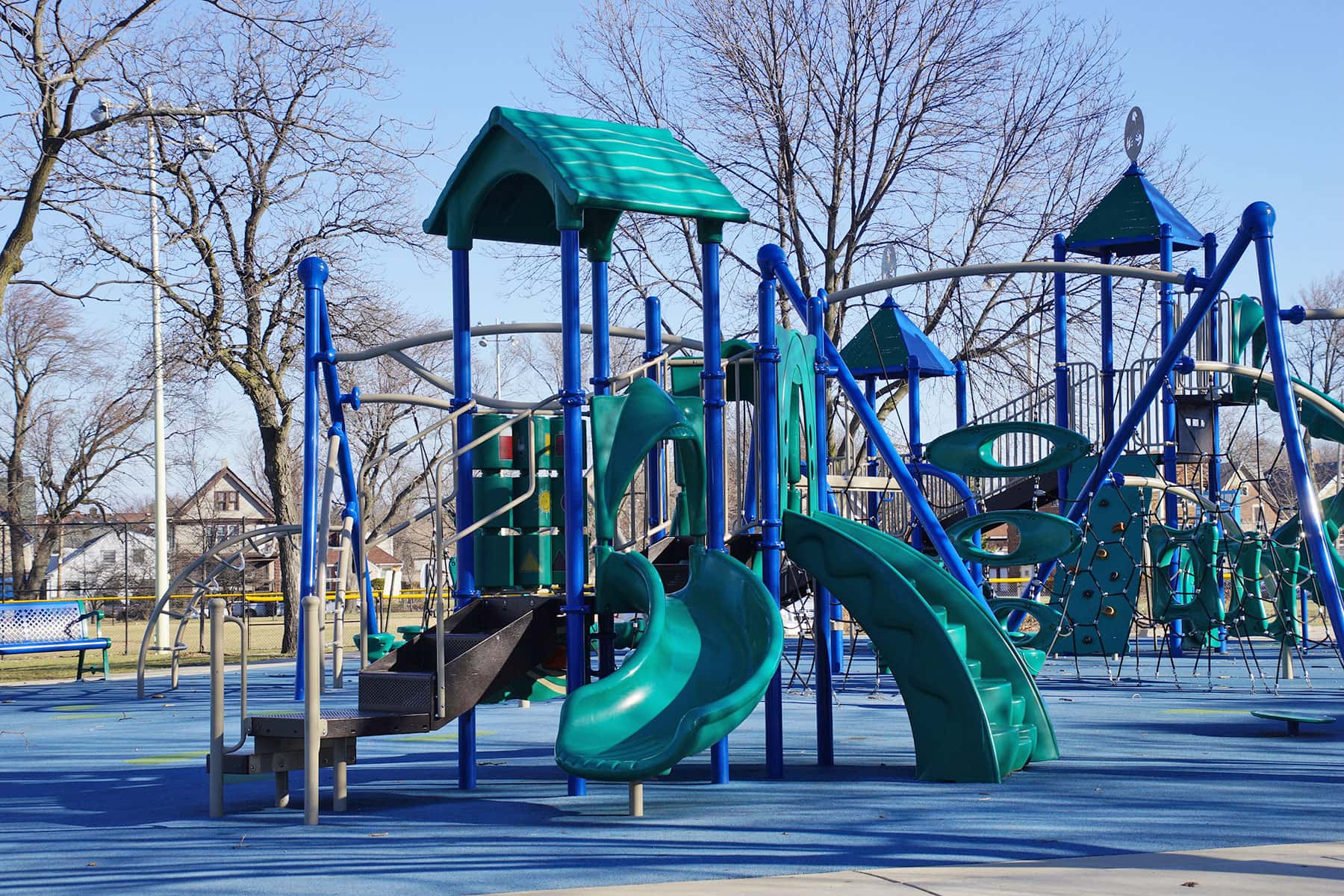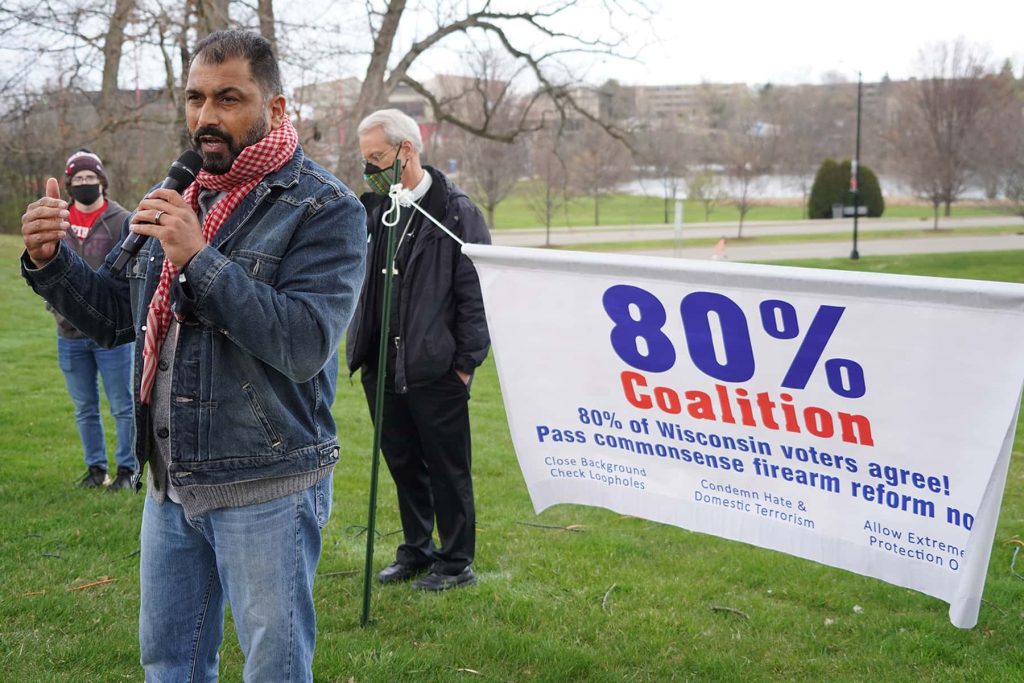
A report by the Public Policy Forum released recently indicated that Milwaukee’s major governmental entities are investing considerable resources in out-of-school programming for the city’s youth, but that investments could be better tracked and coordinated.
Entitled Show Me the Way: Making Sense of Youth Development Funding in Milwaukee, the report was commissioned by Beyond the Bell, a citywide initiative dedicated to coordinating capacity building among youth service providers, policymakers, and funders.
“The Milwaukee Public Schools, Milwaukee County, and the City of Milwaukee invest about $21 million annually in programs and services aimed at promoting youth development outside of the school day,” said Forum Researcher Sue Moeser, the report’s lead author. “Yet, given that each governmental entity has significant financial challenges, it is important to consider how those investments are being coordinated, and to contemplate whether a collaborative effort to plan and synchronize both investments and programming might improve outcomes.”
Leaders of the organization were seeking to better understand youth development expenditures by Milwaukee’s largest public sector entities, a need that was heightened by last summer’s events in Sherman Park, which raised questions about the services provided to young people throughout the city.
Show Me the Way focuses exclusively on publicly-funded programs and services aimed at Milwaukee’s youth during the times they are not in school. It examines funding across three years (2014-2016) in six programmatic areas: academic development, physical development, vocational/workforce development, arts and cultural development, social/emotional/physical health promotion, and violence prevention/safety promotion. Specifically omitted from the report are youth-related programs and services that are not intended for the general youth population or that are treatment-related, such as behavioral health care and corrections-related services.
“It is also important to note that this analysis made no effort to explore precisely how public out-of-school time youth development dollars are being spent and whether they are producing desired results,” said Moeser. “Ultimately, answering those questions will be the critical task in determining how to create an array of services that improve educational achievement, enhance social development, and provide a brighter future for all youth in the City of Milwaukee.”
In addition to laying out spending on out-of-school time youth programming across the various programmatic areas and the three public sector entities, the report concludes with three specific insights that may be useful in future efforts to build a stronger youth development agenda across all levels of government.
- New approaches to financial accounting would clarify youth development investment needs and results. It is currently difficult to obtain an understanding of governmental funding that is directed specifically to youth development, as funding amounts often are buried within initiatives for the general population and are spread across multiple funding areas.
- Joint planning and goal-setting could be used to strengthen current initiatives and maximize the value of investments by individual governments. For example, if the three entities determined that providing safe and modern playground facilities for all youth in all parts of the city was a desirable outcome, then they could strategically determine how to prioritize and allocate individual investments in City playgrounds, County park playgrounds, and school-based playgrounds based on that goal. Similarly, an outcomes-based approach to trauma-based programming could encourage greater coordination of investments that are currently made by each of the three entities without the benefit of joint planning.
- Preserving and potentially enhancing after school programs, such as 21st Century Community Learning Centers (CLCs), could be the first step in a longer-term effort to collaborate on goals and to coordinate investment. A pressing need to address funding challenges for after school programs offers an immediate opportunity for joint planning and collaboration. Planning among MPS, the City, and County regarding how MPS and City funding might be strategically coordinated to maximize support for after school programs, whether the County could partner with respect to recreational programming or other resources, and what it might take to further enhance the role of the CLCs and other after school programs would appear to be warranted.
“Equipped with the information in this scan, it is our hope that the community will be better able to coordinate youth development programming and opportunities, and to enhance such programming by leveraging additional resources and developing mutual objectives and accountabilities,” said Moeser.
Milwaukee-based Public Policy Forum, established in 1913 as a local government watchdog, is a nonpartisan, nonprofit organization dedicated to enhancing the effectiveness of government and the development of southeastern Wisconsin through objective research of public policy issues.















